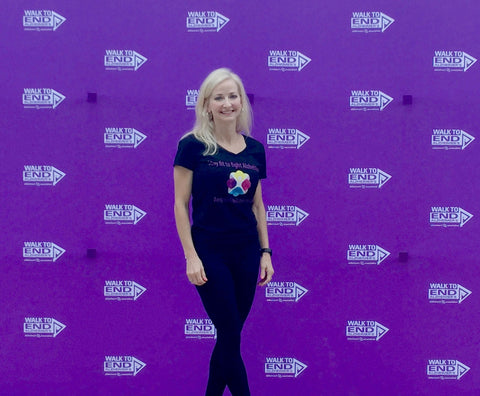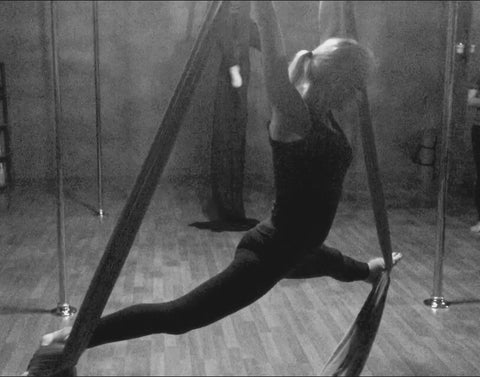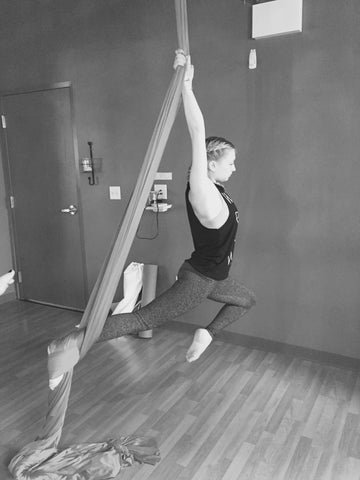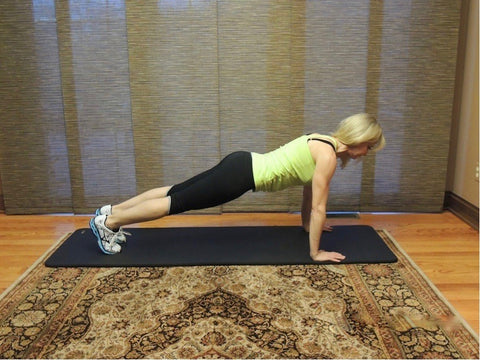Facts You Should Know About Alzheimer’s Disease
by Angie Miller
Why I Walked to End Alzheimer’s Disease- Facts You Should Know

What do you call it when you walk for a cause, volunteer for something you believe in, and share your love for fitness and health? I call it a cathartic experience, and that’s what I had these past two weekends.
Last year I was given the opportunity to lead the warm up for the Walk to End Alzheimer’s in my community. This year it led to two more warm ups, and the chance to be a part of two Walk to End Alzheimer’s events. I’ve lost both of my parents to dementia related diseases, (Alzheimer’s is the most common form of dementia). Needless to say, sharing fitness and health with hundreds who have joined forces to fight Alzheimer’s was an amazing way to pay tribute to my mom and my dad. It was also my chance to raise awareness about the power of exercise to keep our brain healthy.
Exercise and brain health is a passionate subject for me. Not only because it’s personal, but because it’s a testament to the fact that exercise does far more than get our body fit. I’ve spent decades leading exercise classes and teaching everyone from college students to fitness pros about exercise, and I love reading current research supporting that exercise can help us maintain a healthy brain. How? Exercise helps lower blood pressure, improve cholesterol levels, prevent diabetes, reduce stress and anxiety, and keep our emotions healthy and balanced, all of which can indirectly contribute to impaired cognitive functioning. In her article, “Exercise: It does so much more than burn calories,” Elizabeth Pegg Frates, MD, states that, “Exercise can also help enhance our cognitive skills — it’s true that what is good for the heart is good for the brain. Research demonstrates that regular exercise can actually increase the size of the hippocampus, an area of the brain involved with memory.” Best of all, “150 minutes of moderate to vigorous intensity physical activity per week can significantly decrease the risk of dying prematurely.” That should inspire all of us to get active, right? Not for big guns and tight buns, but because we want to live well, with a healthy body and an active, healthy brain.





The fact is, Alzheimer’s Disease and other forms of dementia are likely to affect all of us on some level, and we can all do more to keep our brain healthy. Here are some facts I learned on my walk. Thanks to the Alzheimer’s Association, these signs are posted all throughout the walk, increasing awareness and education on how devastating this disease is to our loved ones, to caregivers, and even to our economy at large. I hope they inspire all of us to care for our bodies, and in turn to care for our brain.

Me with my team who helped me lead one of the warm ups. They’re a group of fitness friends who attend my Pilates and Young at Heart classes.

Me with my team of Young at Heart fitness friends who helped me lead one of the warm ups.
Best in heart and brain health.
Sincerely,
- Angie
 Angie Miller, M.S., is a fitness educator, university instructor, and Licensed Professional Counselor who blends her skills and expertise to empower individuals, mentally and physically, and provide them the tools they need to succeed. A veteran group exercise instructor and personal trainer, Angie is the star of acclaimed exercise DVD’s, including the Bedroom Body™ workout. Her passion for progressive education brought her to Northern Illinois University, where she teaches in the Dept. of Kinesiology & Physical Education. Outside of the university, she presents at fitness conventions worldwide and leads industry trainings as an AFAA Certification Specialist and Kettlebell Concepts Master Instructor. Angie writes for fitness journals and digital communities, and blogs for Collage Video. Connect with Angie at: http://www.angiemillerfitness.com
Angie Miller, M.S., is a fitness educator, university instructor, and Licensed Professional Counselor who blends her skills and expertise to empower individuals, mentally and physically, and provide them the tools they need to succeed. A veteran group exercise instructor and personal trainer, Angie is the star of acclaimed exercise DVD’s, including the Bedroom Body™ workout. Her passion for progressive education brought her to Northern Illinois University, where she teaches in the Dept. of Kinesiology & Physical Education. Outside of the university, she presents at fitness conventions worldwide and leads industry trainings as an AFAA Certification Specialist and Kettlebell Concepts Master Instructor. Angie writes for fitness journals and digital communities, and blogs for Collage Video. Connect with Angie at: http://www.angiemillerfitness.com

























